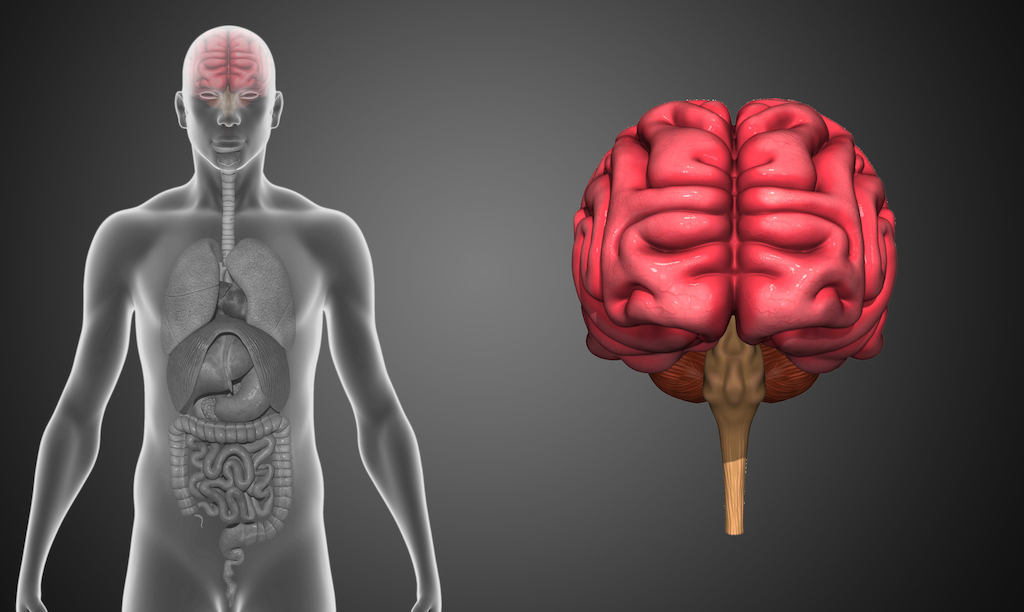No-one really wants to be in pain. Sometimes we don’t understand why we have it, other times we can see it coming. One thing we all have in common is that we can’t wait to get rid of it. With “pain science” research at an all-time high it’s about time we consider and perhaps challenge our beliefs around it.
The physiological phenomenon of pain is so complex that even leading researchers cannot claim to comprehend it entirely. But our body of knowledge is growing and we all have the ability to understand the basic pain biology. Education, knowledge and understanding will reduce the threat associated with pain and will change how we think about it. This has to be the first step to pain management. First, we may need to reconsider what we already know …
What are your beliefs around pain?
· Do you think all pain, no matter how big or small, equates to some amount of bodily damage?
· Do you believe that increased pain equals a worse injury?
· Do you think pain always has a physical cause?
If you answered yes to one or more of these, you join the majority of people (including some health professionals) who have misconceptions regarding pain.

Breaking down pain
Let’s take it back to basics. We can break down types of pain into Acute and Chronic.
Acute pain: Just rolled your ankle running down a trail, or caught your arm on a hot pan? That’s acute pain. It tells us that we’ve just done something potentially harmful, or may have caused some damage to our bodies. This kind of pain is really useful! It forces a reaction to move away from the hot pan, or to stop running down that trail so we avoid any more damage and give ourselves a chance to heal! The pain goes away over a few days or weeks because there’s no more threat to the body, and the tissues have a chance to heal.
Chronic Pain: Technically we define this as a pain which has persisted for 3-6 months or more, but essentially, we recognize it as pain which persists longer than the necessary tissue healing time. We know that neurons (nerve cells) in the brain adapt and become much more efficient at carrying danger messages and therefore much more efficient at producing pain. We also know these neurons lose their ability to be specific. This means the pain is more easily triggered, but less informative. If you have been diagnosed with chronic pain you’re not alone: 20% of people worldwide are estimated to be affected.
So, what causes the shift from acute to chronic pain in some people?
There’s no definitive answer to this, but the short version is: almost anything can affect pain. It’s complex and multi-factorial. Nerves send danger messages to the brain the brain then checks with the sensory centre, emotional centre, motor centre, memory centre and many more before making a split-second decision on whether to give an output of pain – and how much. The brain then continues to update its assessment of the situation. Ever had an injury where you looked down and realised your bleeding? And then like flicking a switch the pain starts? That’s because the brain relies on context!

What can we do About it?
Researchers and health professionals are re-shaping the way we manage chronic pain. We now know that education, knowledge and understanding can physically change what’s going on in our brain, literally re-shaping the connections between these neurons!
Your practitioner can help with this! Our role is not just hands-on therapy, but to educate as well. Treatments which combine manual therapy with education, and specific movement-based strategies have been shown to be much more effective.
Essentially, we want to help change the way you think about chronic pain. We can recommend literature and other resources that are designed specifically for people with chronic pain, and develop a plan which includes techniques to decrease neurological sensitization.
References:
Moseley and Butler: EP supercharged
Monica Noy: www.monicanoy.com
Osteopath & Sports Nutritionist
Jamie is a Queenstown based osteopath treating a full range of muscular and skeletal injuries, particularly sports injuries. He has a practical and empathetic approach and experience treating chronic pain. He finds it incredibly fulfilling to educate and help his patients who have thought they would live with pain forever.
Special areas of interest: Shoulder injuries and rehabilitation, headaches and migraines, chronic pain and arthritis of the neck and joints an exercise rehabilitation.
Favourite technique: Jamie's great with his joint manipulations, cupping and applying a gentle but highly effective treatment. He also loves teaching people breathing techniques.


